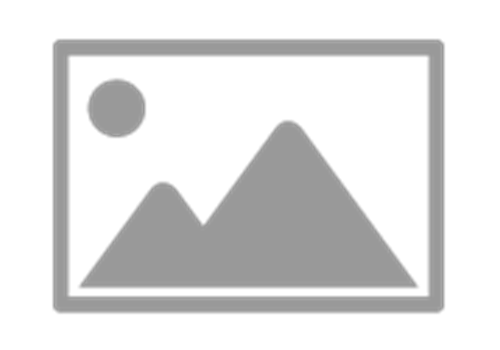Maintenance of hiking boots in full-grain leather
Lundhags' hiking boots and trekking shoes in full-grain leather are made to withstand tough conditions and long excursions in the forest and countryside. But they still need to be cared for and protected from time to time.
Regular care will significantly extend the life of your boots. Here are some tips on how to best care for your full-grain hiking boots and shoes.
The difference between leather "skins" and "hides"
When talking about hiking boots in Sweden, the terms leather "hide" boots and leather "skin" boots are often used interchangeably, and it can be tricky to know the difference.
The pelts of large animals such as cows, horses, elk and buffaloes are often called "hides". At Lundhags, we mainly use hides from bovine animals. On the other hand, if the pelts come from smaller animals, such as a lamb, goat, reindeer or deer, they're called "skins". In English, the term leather is often used for both "skins" and "hides".
Thicker leather hides are more durable and resistant than leather skins, making them ideal for rugged hiking boots, hunting shoes and cross-country boots for use in the mountains and countryside. Yet in Swedish, we often call them leather "skin" boots.
In general, leather boots are more durable, robust and easier to clean than fabric boots. If you take good care of your leather boots, they will last for years. But remember that leather is a natural raw material. And just like your own skin, leather boots need to be cared for. You can both see and feel when the leather dries out. It loses its shine. Then it’s time to add nutrients and moisture.
Read about shoe care here.
Full-grain leather
Full-grain leather is the very best quality leather, with excellent breathability and a smooth finish that make it durable and water resistant.°
Full-grain leather is the outermost layer of skin just below the animal’s coat, where the fibre structure is very dense. And because the leather hasn't been sanded, the fibres remain intact. Full-grain leather boots can therefore last a very long time — maybe forever.
Full-grain leather shouldn't be confused with "genuine leather", which can be many things. But if a leather product says "genuine leather", you can be pretty sure it's missing much of the outer, strong skin layer that only full-grain leather has.
Top grain
If you remove some of the outermost layer by grinding away small irregularities, you will achieve a smoother surface. This type of leather is called top grain. This quality is also very good, but slightly less durable than full-grain leather.
Cleaning and maintenance
When cleaning your boots, it's important to remove any visible dirt before brushing them with a soft brush. Please use a cleaning agent intended for leather products, or Lundhags' own leather wax and leather grease. It's important to allow the boots to dry thoroughly before continuing with the impregnation spray and wax.
How often should hiking boots be cleaned?
How often you need to clean your boots depends on how much you use them. If you notice that your boots start to absorb water in certain areas and develop dark stains, it’s a sure sign that it’s time for a new waterproofing treatment. Applying moderate amounts of wax and grease to your boots at regular intervals is a good idea — and preferably before you go a long hike. Before long trips or hunting, it goes without saying that the boots should be given a full treatment.
If you know you're going to expose your boots to a lot of wear and tear, it's also a good idea to carry a waterproofing spray in your rucksack. When storing shoes for long periods of time, lubricate them to prevent them from drying out.
On properly impregnated and treated boots, the water settles on top of the leather like drops. This means that the leather is protected.
We’ve gathered frequently asked questions about how to care for your shoes in aFAQ.

